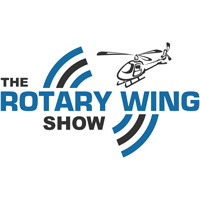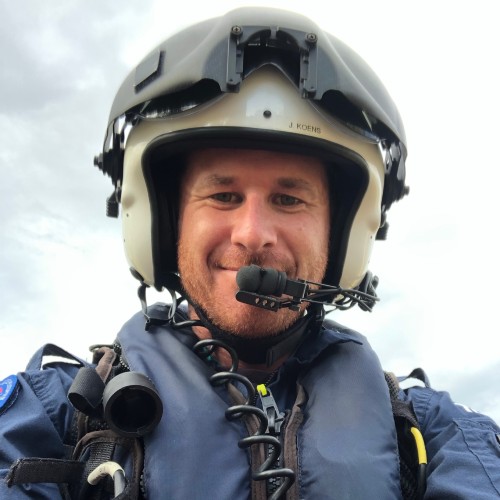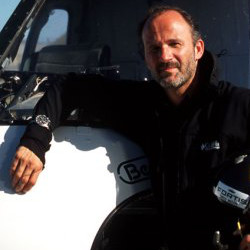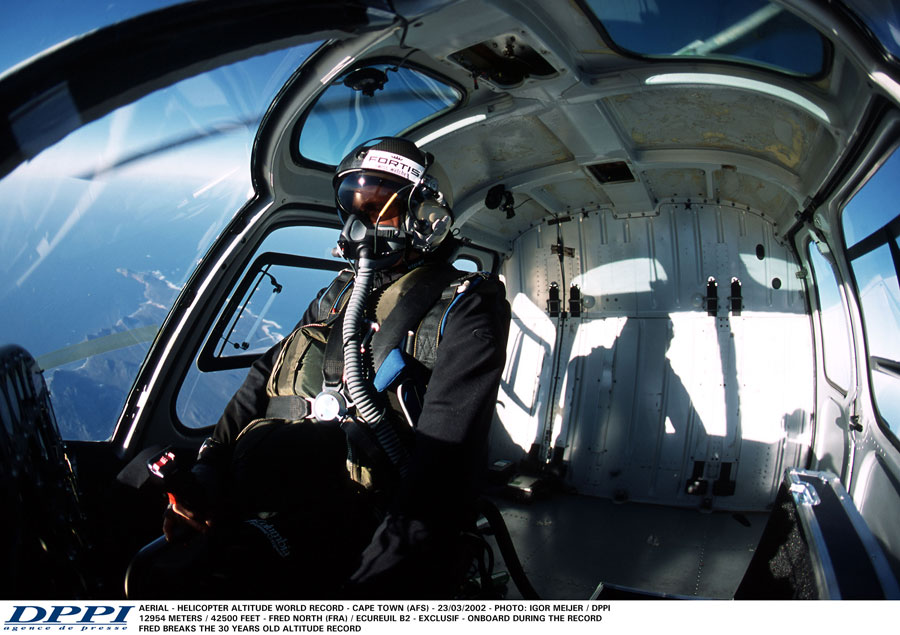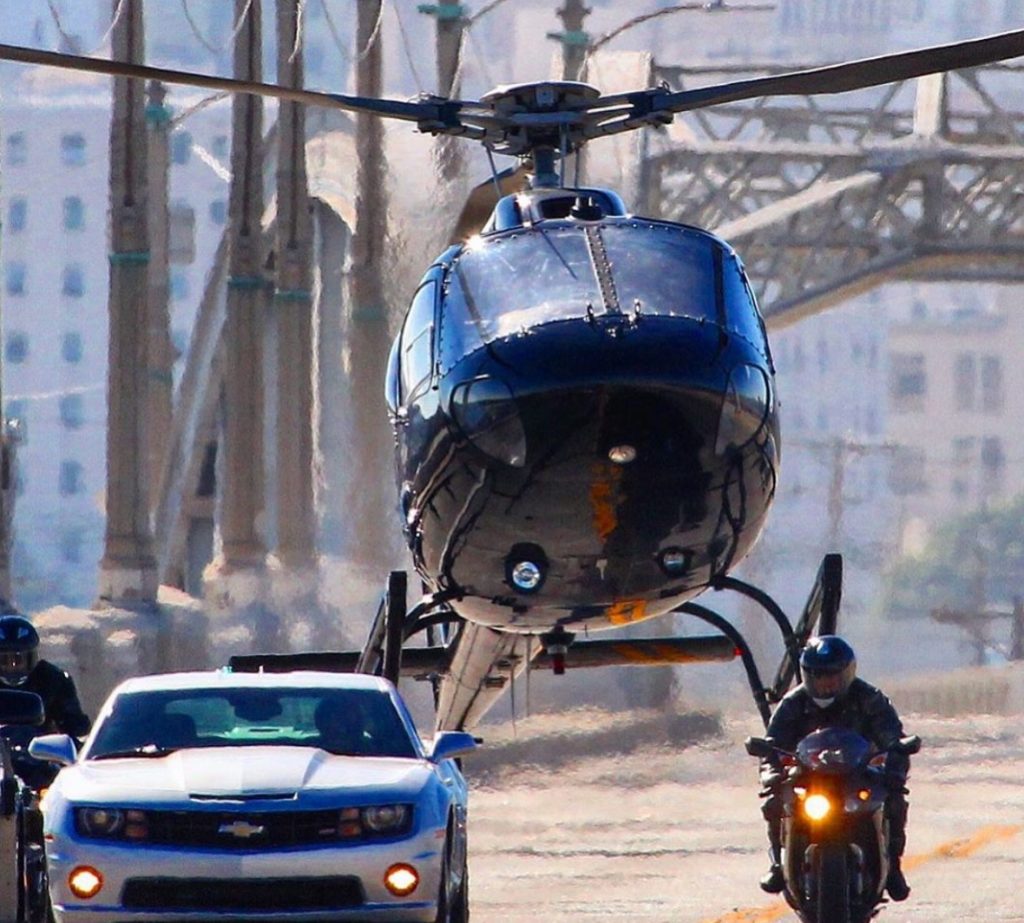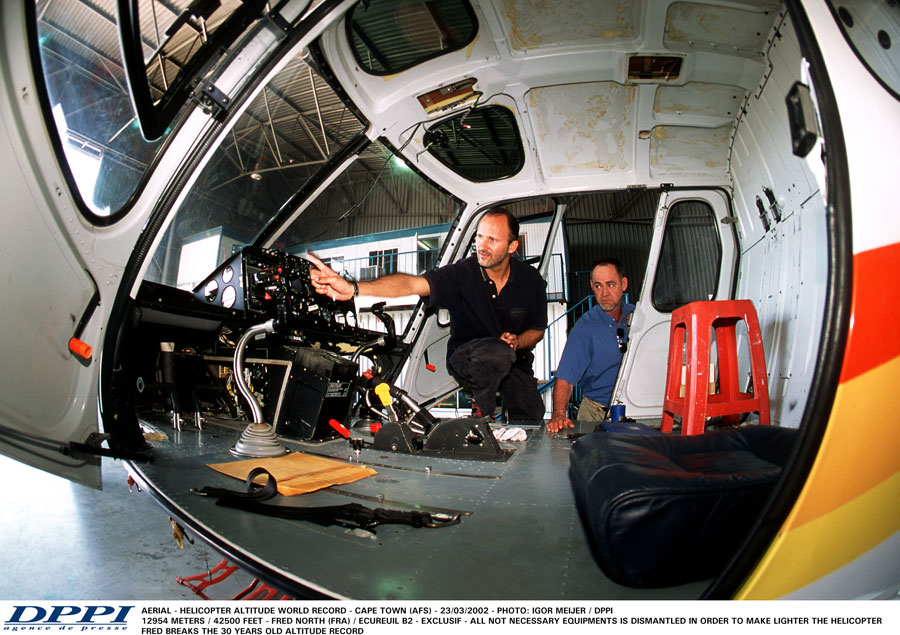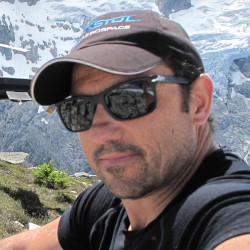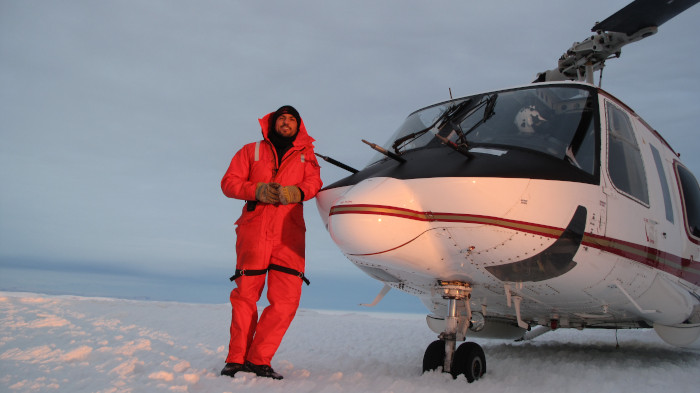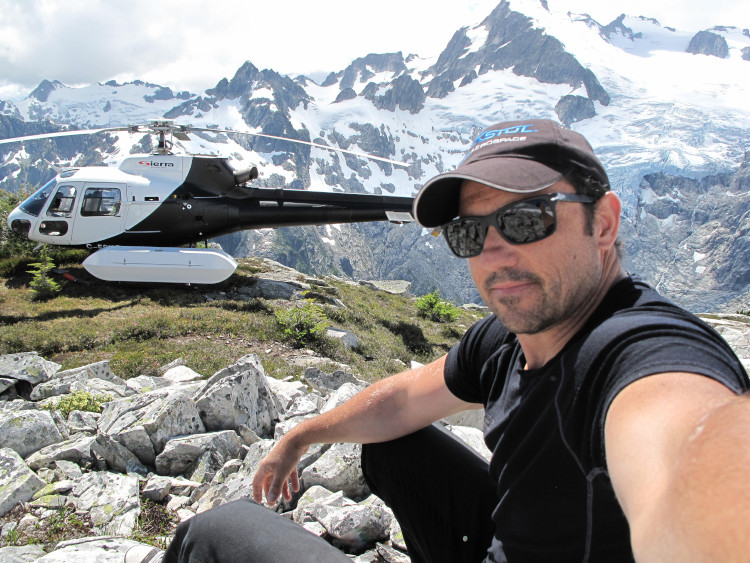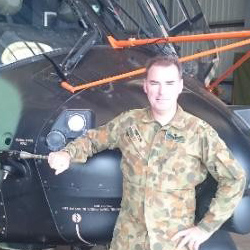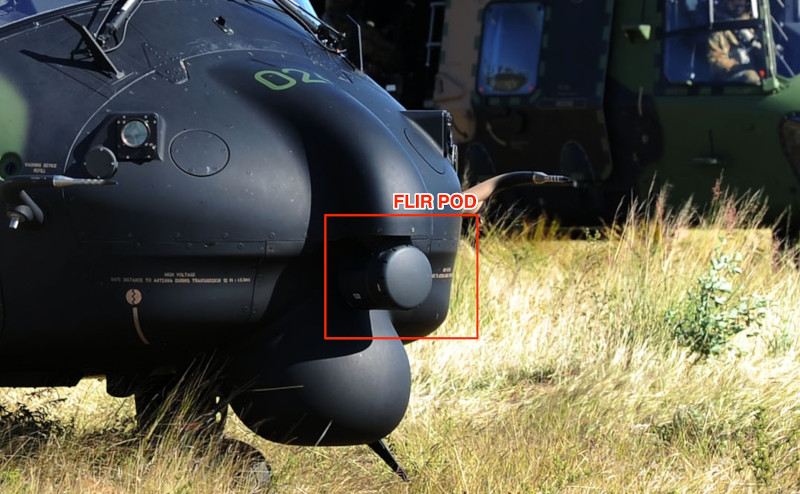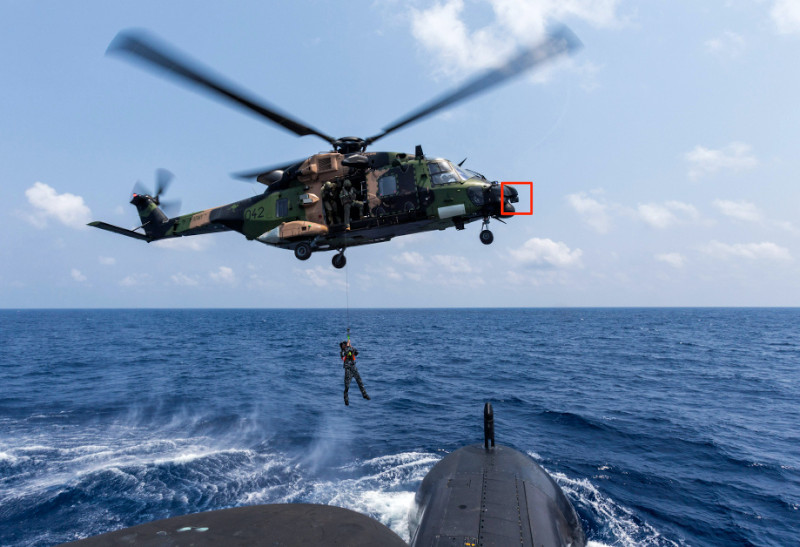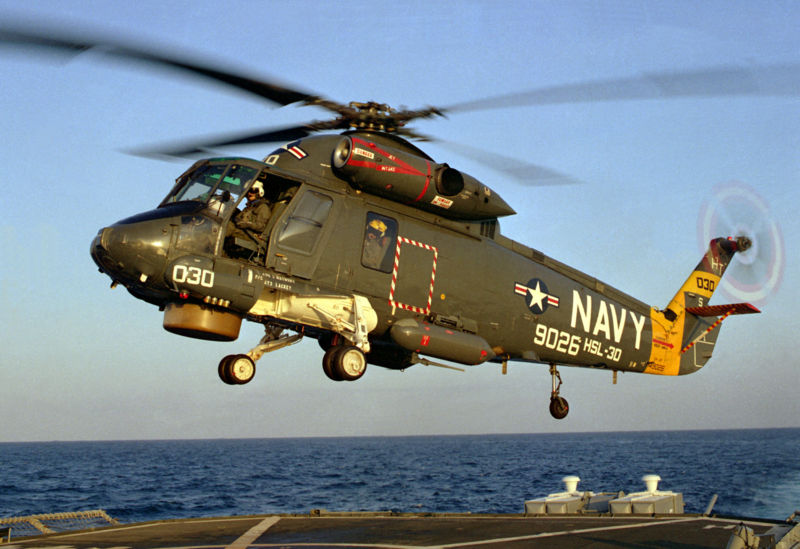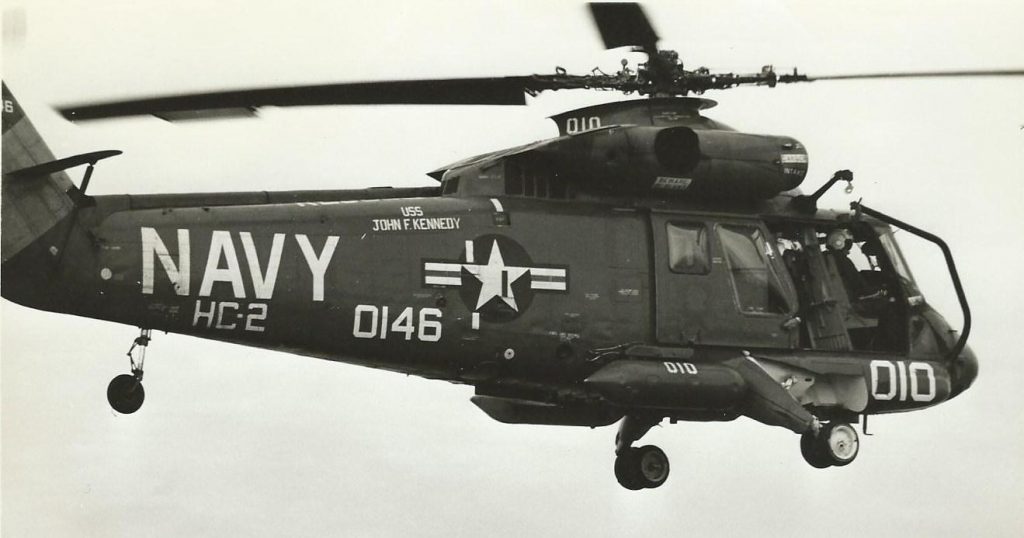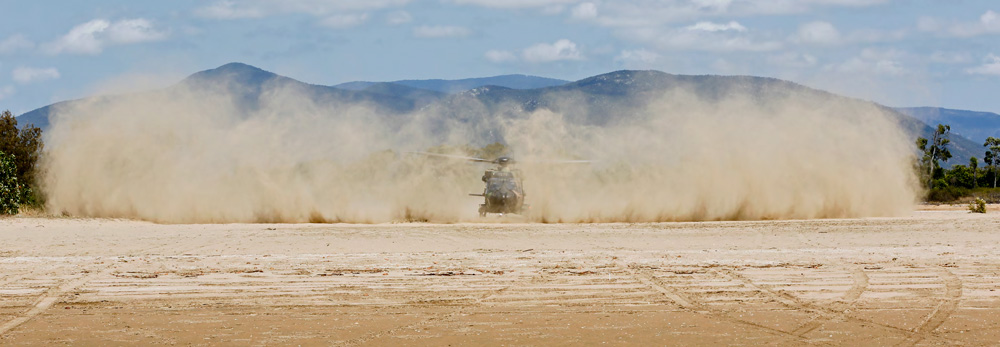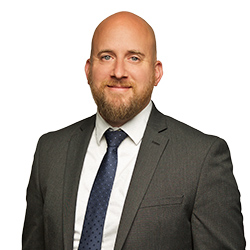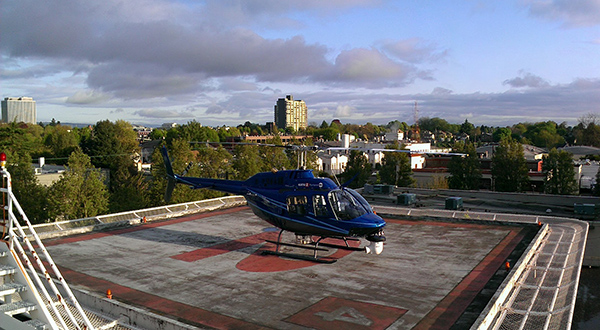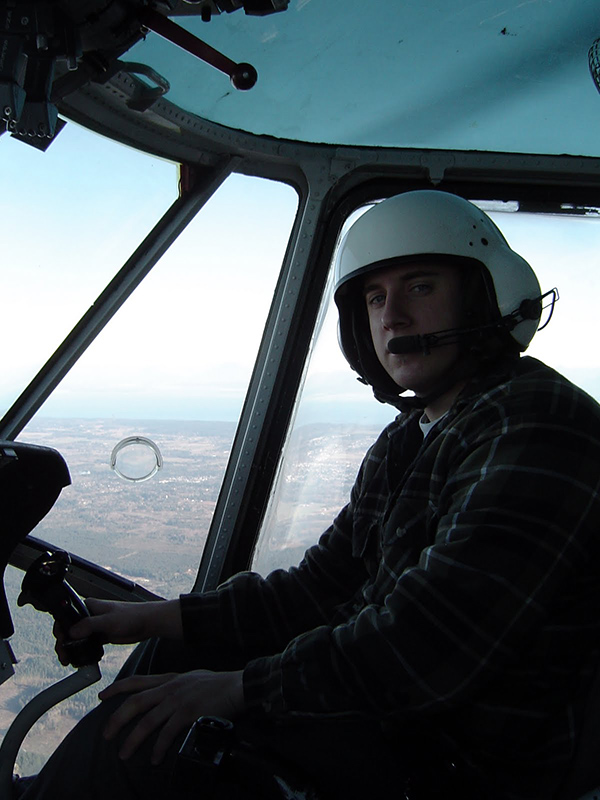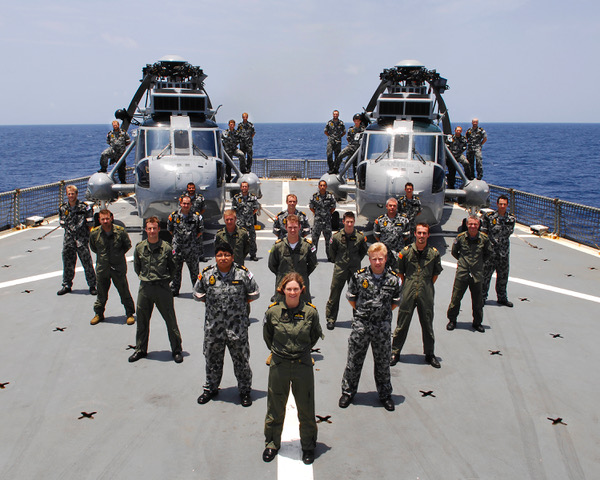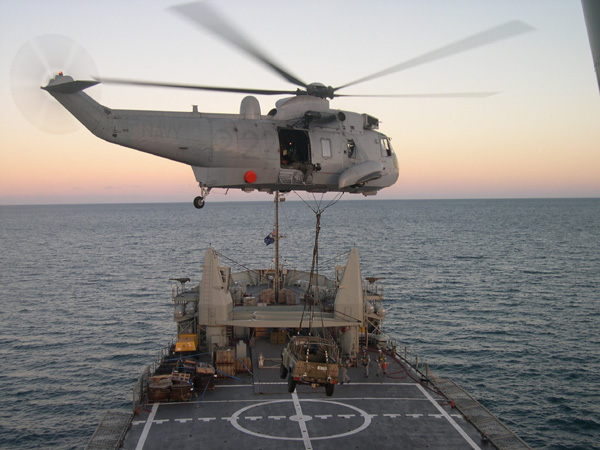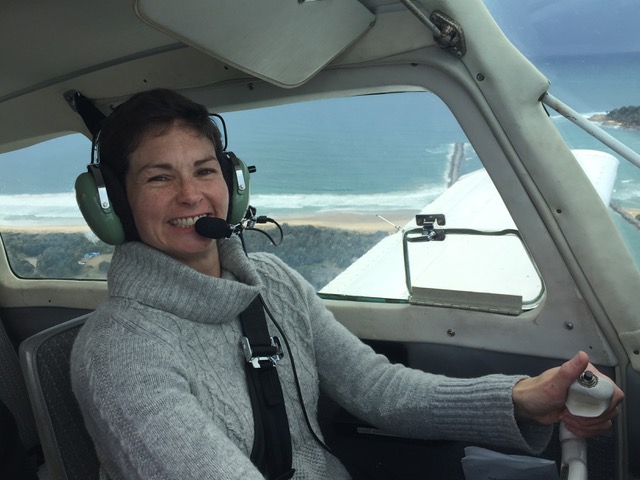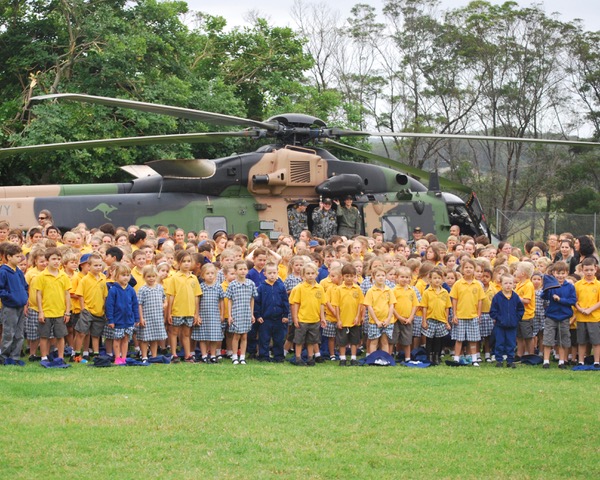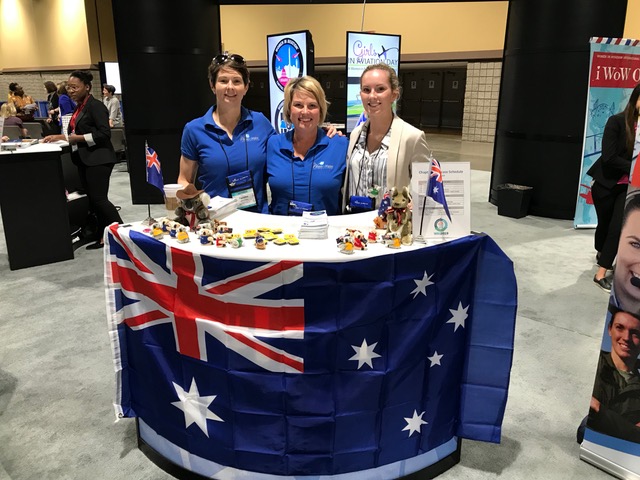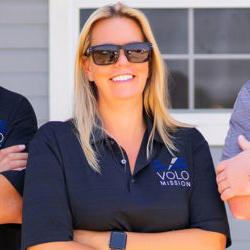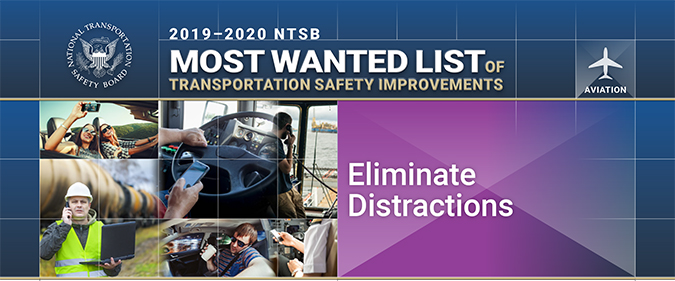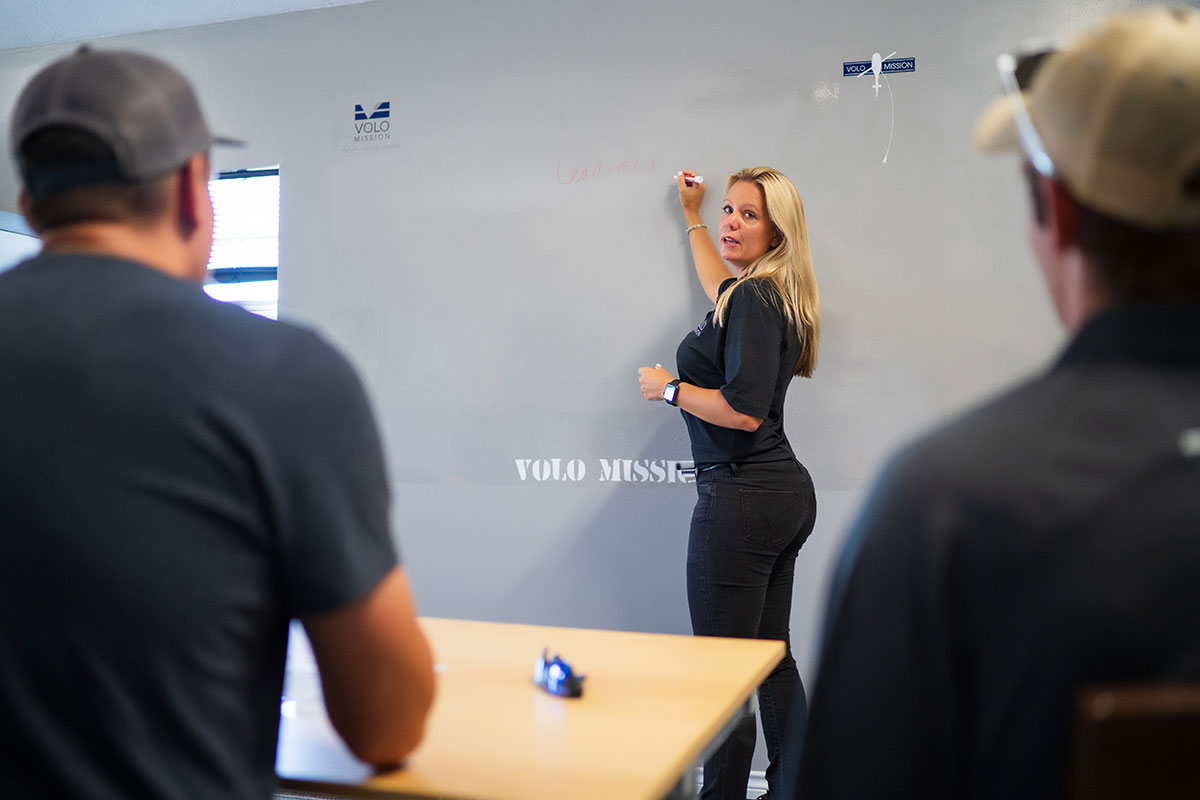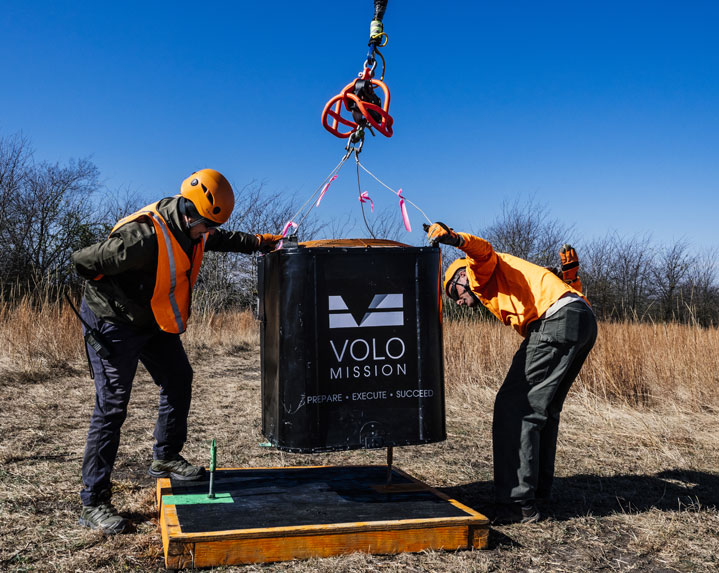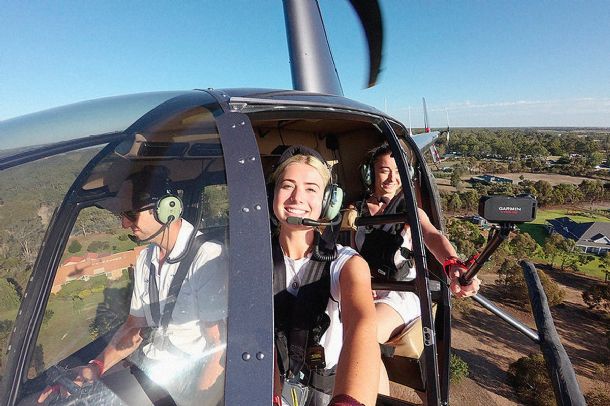Podcast: Play in new window | Download
Subscribe: Apple Podcasts | RSS
Kylle Fenton is an Air Crew Officer (ACO) involved in air rescue and ambulance operations supporting NSW, Australia communities. He is more accustomed to being the one to bring the resources, rescue and safety to others in “the worst day of their life”. In this episode Kylle tells a gripping story of when he and his family needed that rescue support returned during the flooding of the Township of Eugowra in Nov 2022.
This episode is being pushed out the door half cooked so that you can hear it sooner. Please forgive any short comings in the polish.
Before Kylle was part of the HEMS world he had years of experience as a Blackhawk loadmaster in the Australian Army with time in special operations and as a loadmaster instructor. We discuss this career path and the many, many tasks that a loadmaster can find themselves doing.
Important – please look at the link below to the GoFundMe page for the Fenton family discussed in the podcast episode.
Podcast: Subscribe in iTunes | Play in new window | Download
Links from this week’s episode:
Support the podcast on Patreon
>>> GoFundMe campaign for Fenton Family and Eugowra Residents <<<
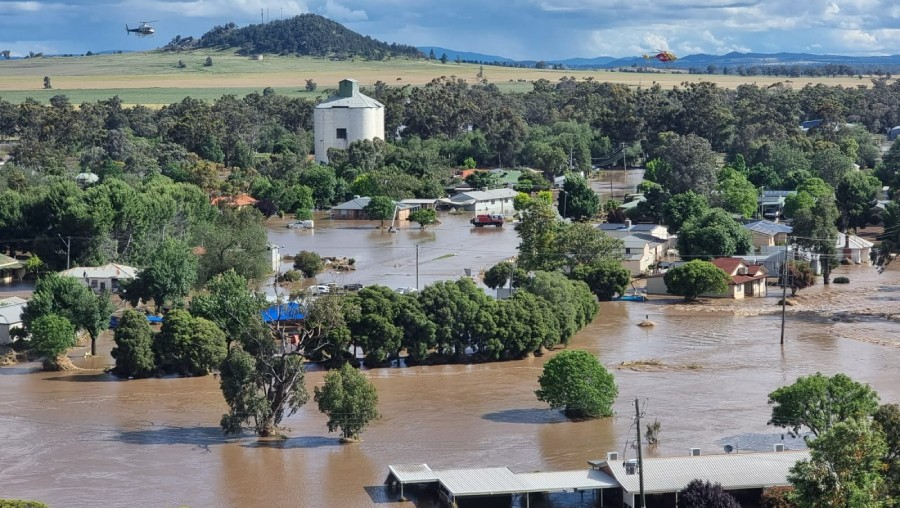

Brisbane Helicopter Drinks 10 Dec, Bracken Ridge Hotel: RSVP https://www.eventbrite.com.au/e/aussie-private-helicopter-pilots-group-brisbane-christmas-drinks-tickets-467070359017
What was your biggest takeaway from this episode? Help yourself remember and share it with others by making a comment about it here below.
